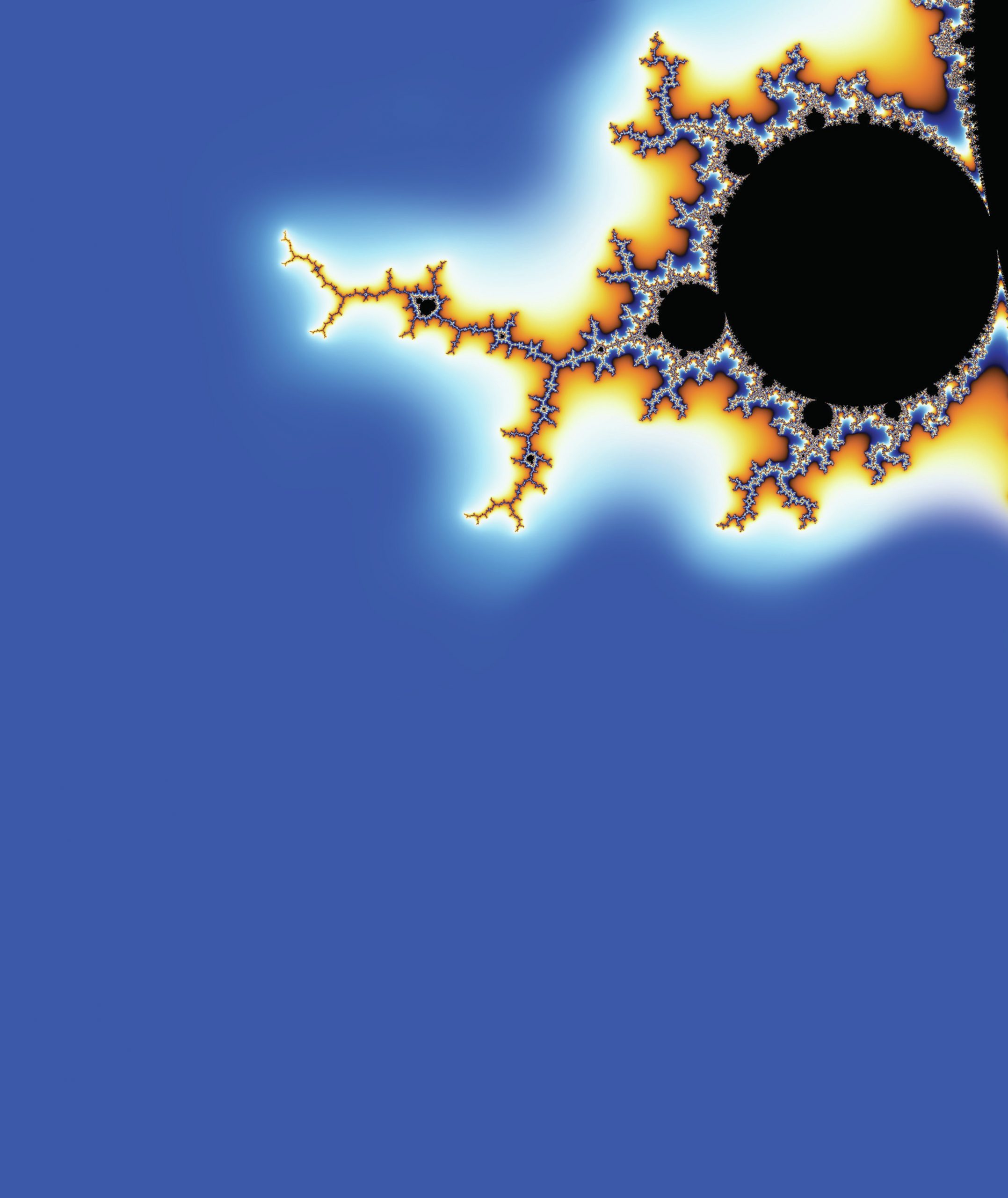
A fractal is a curve or geometric pattern whose shape is similar on all length scales. Fractals are characterised by a non-integral fractal dimension, D, which indicates the complexity and space-filling properties of the pattern. They can be generated by computing and repeating a simple calculation. One example is the iconic Mandelbrot set (Figure 1). Many natural shapes, including seashells and plants (Figure 2), have fractal properties.
Fractal geometry is helping physicists and materials scientists to model and understand how materials break. When a material undergoes brittle fracture, similar patterns can be observed at many length scales. Images of geological fault lines and jagged cliff faces, fractures in rock, lava (Figure 3), concrete, brick and bone (Figure 4), and tiny cracks in shattered glass all show a zig-zag pattern that repeats itself on ever-smaller scales.
Your organisation does not have access to this article.
Sign up today to give your students the edge they need to achieve their best grades with subject expertise
Subscribe




